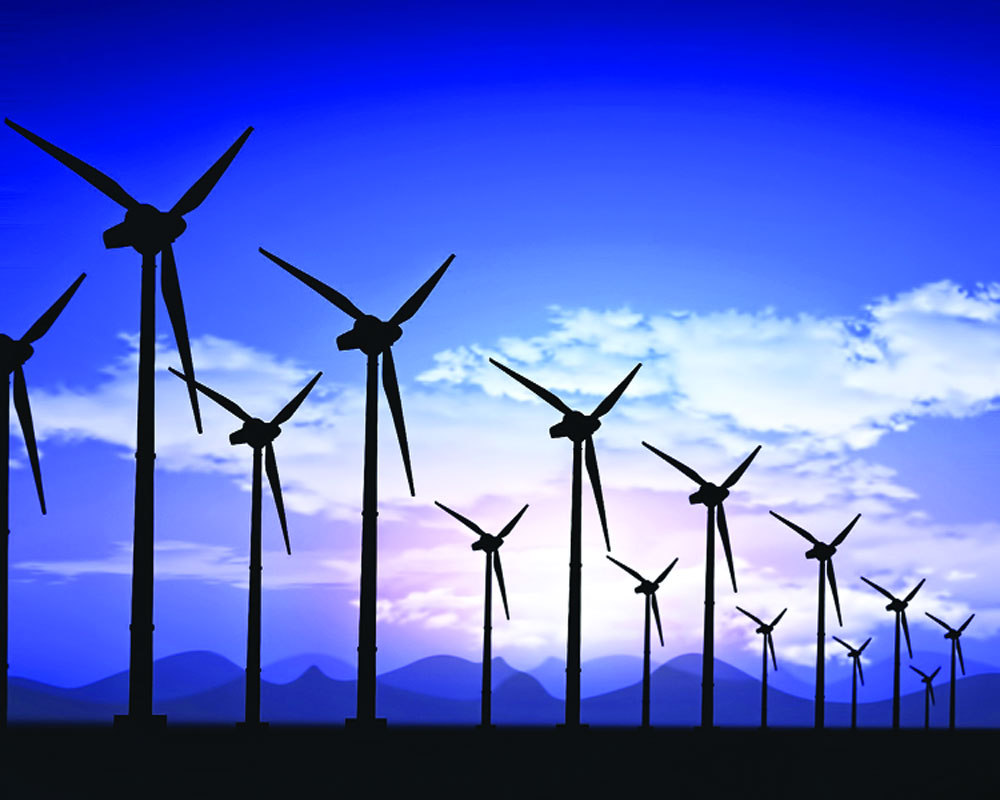The advanced industrial economies are set to move towards zero per capita emissions by 2050. India should try to achieve it by 2047
The prognosis on averting disaster due to global warming had been very bleak till last year. Global warming should be restricted to 1.5° Celsius and the commitments under the Paris Agreement aiming at 2° Celsius were inadequate and these too were not achieved.
Former US President Donald Trump took the country out of the Paris Accord even though the International Panel for Climate Change (IPCC) had been highlighting that time was running out for mankind.
However, the situation changed with President Joe Biden as he made tackling climate change one of his major challenges. On his first day in office, he decided that the US would rejoin the Paris Agreement.
To fight global warming, governments were earlier expected to act by spending more of the taxpayer’s money or by getting consumers to pay more for the transition to a fossil fuel-free energy economy.
This was politically difficult. Fortunately, technology has evolved dramatically in the last decade and a net carbon neutral economy now appears both technically feasible as well as affordable. Biden is positioning this energy transition as one which would strengthen economic recovery in the US, create millions of jobs and bring greater prosperity.
Therefore, there is now some cause for optimism as Biden and Prime Minister Narendra Modi have agreed to work together on climate change.
The US and the European Union (EU) are moving towards becoming net carbon neutral by 2050. France and the UK have already made this their national goal. The key drivers of this transition would be to first have electricity generation only from renewable sources, giving up the use of coal, oil and gas for producing electricity altogether.
The Biden campaign had envisaged achieving the target in 15 years, while Germany is already getting around half of its electricity from renewable sources. The sun and wind have become the cheapest sources of electricity generation and the costs of electricity storage are also falling rapidly with batteries being the front runner for storage today.
The next major transition would be to get all transport to become fossil fuel-free. Electric vehicles have arrived and they are cheaper to use on a per km life cycle cost basis. With all electricity coming from renewable sources and all transport becoming electric, over two-third reduction in carbon emissions would take place. Norway has taken the lead and would permit the sale of only electric or other zero emission vehicles from 2025. The UK has decided to implement it by 2030.
Most industries can use electricity from renewable sources and hydrogen instead of coal and gas. However, technological challenges remain for substituting fossil fuels in some industries. But given the progress that has already been made, there is cause for optimism.
India has surprised the world by its achievements in increasing the share of renewables. The initial target of 20 gigawatt (GW) of solar power capacity by 2022 has been raised to 100 GW. As many as 90 GW of renewable capacity has already been achieved and its share in electricity generation is about to cross 10 per cent. A much higher goal of 450 GW has now been adopted. India is set to achieve more than its Paris commitments.
A study by The Energy and Resources Institute (TERI) has found that raising the share of renewables in electricity generation to 40 per cent is the least cost option for India. Domestic manufacturing of solar panels and batteries has been included in the Production Linked Incentive (PLI) Scheme, hence being self-reliant at the technology front should be feasible in this decade.
A ‘Hydrogen Mission’ has been announced, too, and we could position ourselves on the frontiers of the hydrogen economy.
Our traditional position was to adopt a low carbon growth trajectory and ensure that our per capita emissions would not cross those of the developed countries as they decarbonised their economies.
The advanced industrial economies are now set to move towards zero per capita emissions by 2050. The implication is that we should also aim at having zero per capita emissions by then. Going by our extraordinary success, this could well be feasible and affordable. India could leapfrog as it is now doing in many sectors.
We can assume a leadership role and choose to move shoulder to shoulder with the US, Europe and Japan in saving ourselves and mankind. It would be altogether befitting if we set ourselves the goal of becoming net carbon neutral by 2047, the centenary of our Independence. That would be a fitting tribute to our nation.
The writer is Distinguished Fellow, TERI. The views expressed are personal.


























